The Abdul Jalil family, headed mostly by his father Abdur Rahman, farmed paddy in Jamalpur's Sarishabari upazila throughout the 1970s. At first, each bigha produced an average of five to six maunds of paddy, a rather low yield. But their output skyrocketed to almost 24 maunds per bigha in 2022 when the high-yielding BR-28 cultivar was introduced during the Boro season.
This significant increase was attributed to the adoption of quality seeds, fertilisers, efficient irrigation, and enhanced agricultural practices. Abdul Jalil emphasized the role of government-endorsed seeds and proper agricultural techniques in further boosting production.
The Department of Agricultural Extension highlighted scientific progress as a key factor behind Bangladesh's agricultural advancements. Rice production, for instance, has soared from around 1 crore tonnes in 1972-73 to an impressive 3.90 crore tonnes presently. Despite this success, there is concern over the loss of agricultural land, amounting to 10.48 lakh hectares between 1976 and 2021.
However, Bangladesh's agricultural output has played a vital role in meeting the nutritional needs of its growing population, now feeding approximately 17 crore people compared to 7 crore during its independence.
Senior officials overseeing agricultural research credit increased access to inputs and the adoption of modern farming technologies for this exponential growth. The Director General of Bangladesh Rice Research Institute (BRRI) highlighted the use of high-yielding varieties and modern agricultural technology as key drivers of rice production.
Despite earlier predictions of Bangladesh's agricultural limitations, the country has seen a threefold increase in rice production. Agricultural extension officers acknowledge challenges such as land loss to industrialization and population growth but underscore the sector's resilience and productivity.
The transition to commercial agriculture has been transformative, with increased mechanization and the adoption of large-scale machinery. This shift has not only reduced costs but also enhanced disaster preparedness by ensuring efficient harvesting and distribution.
Government policies and private sector participation have played crucial roles in fostering agricultural development. Private entities now supply the majority of agricultural inputs, contributing to significant increases in vegetable production.
However, government spending on research for sustainable agricultural development remains inadequate. BARC reports low allocations for research compared to GDP, highlighting the need for increased investment in agricultural research to sustain growth and address emerging challenges.



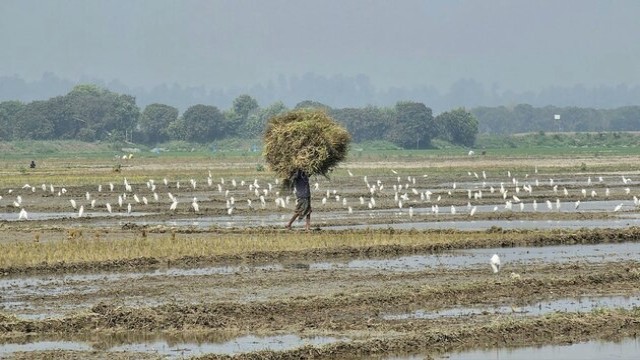


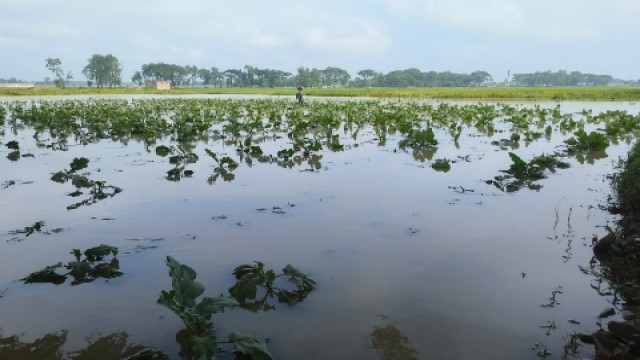
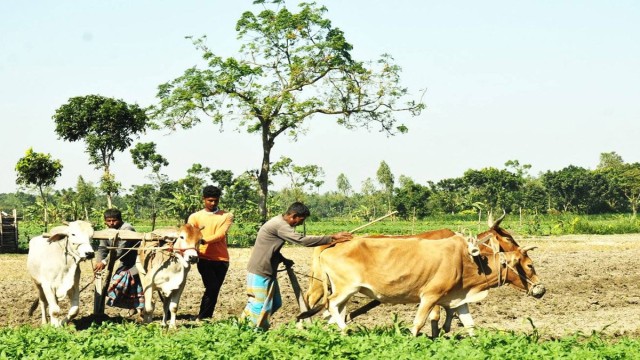
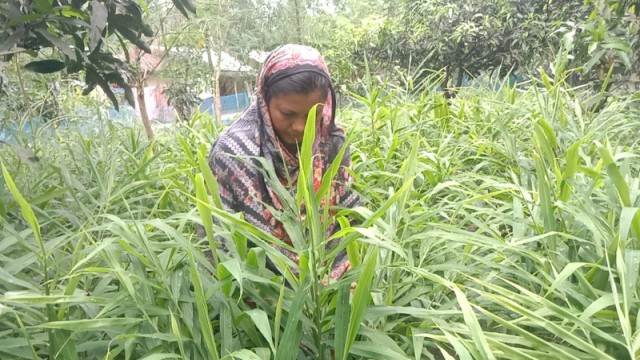
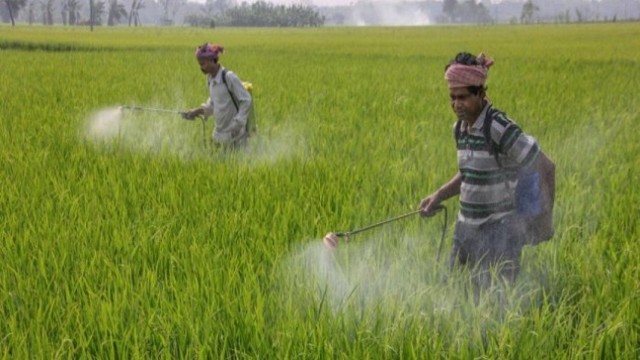

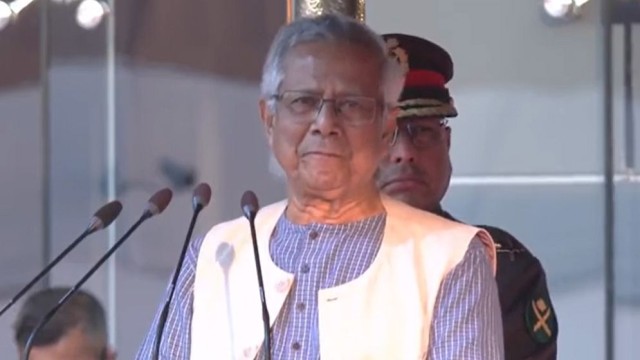



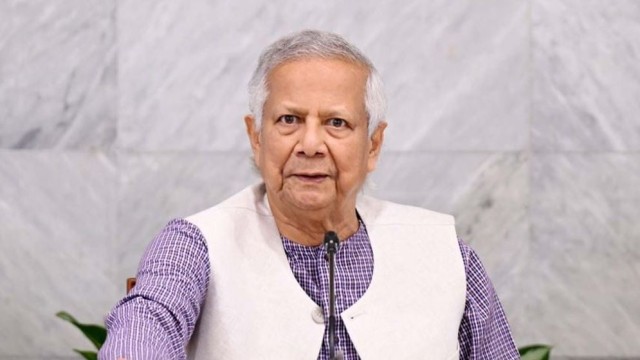

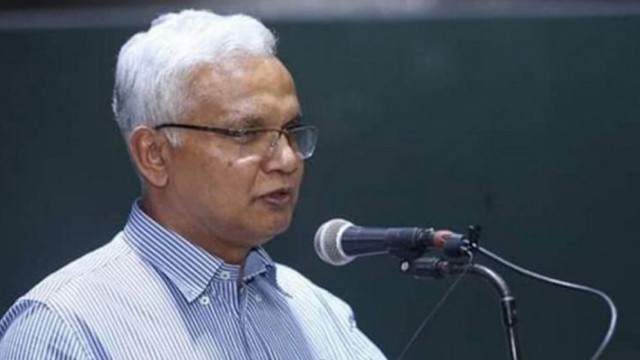



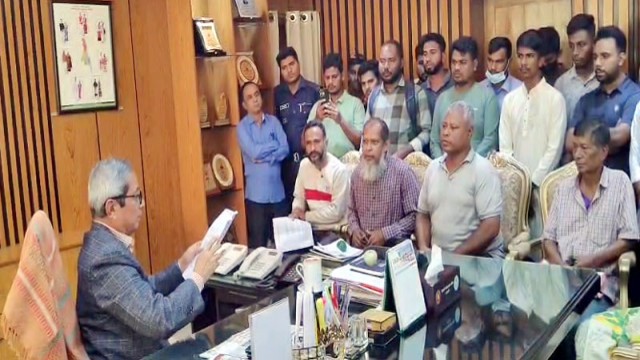
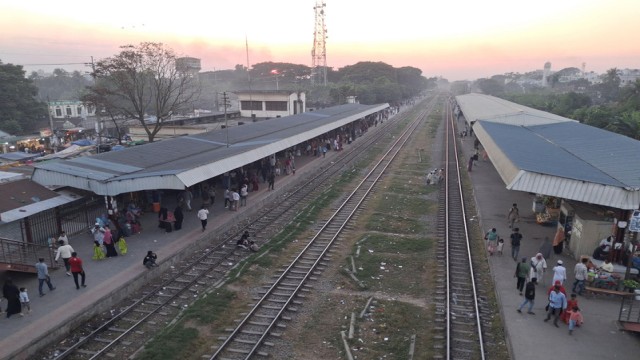

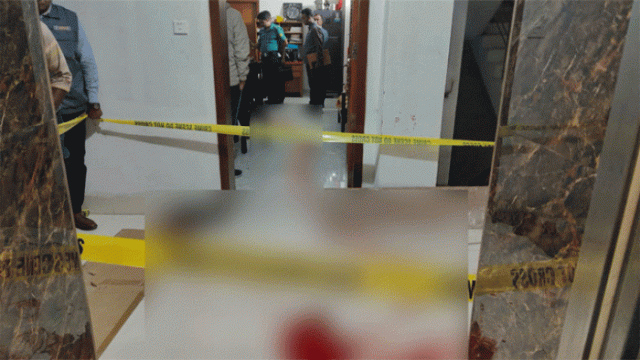

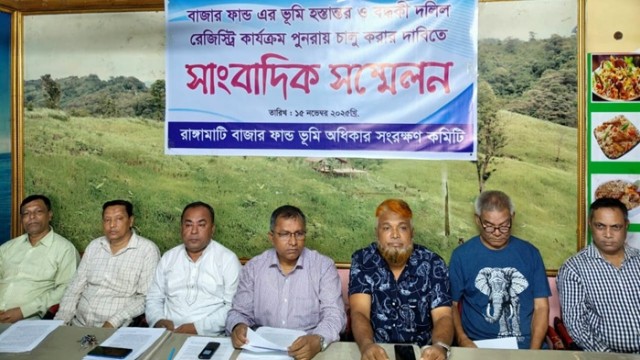



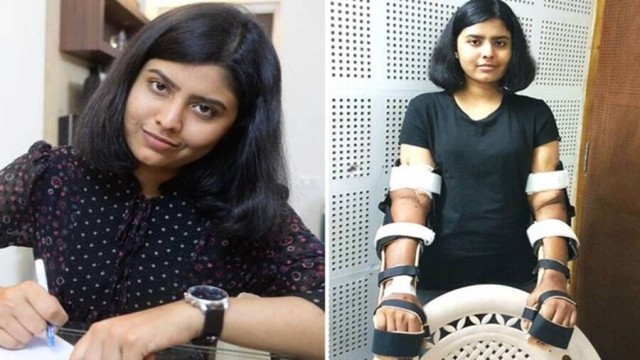
Comment: